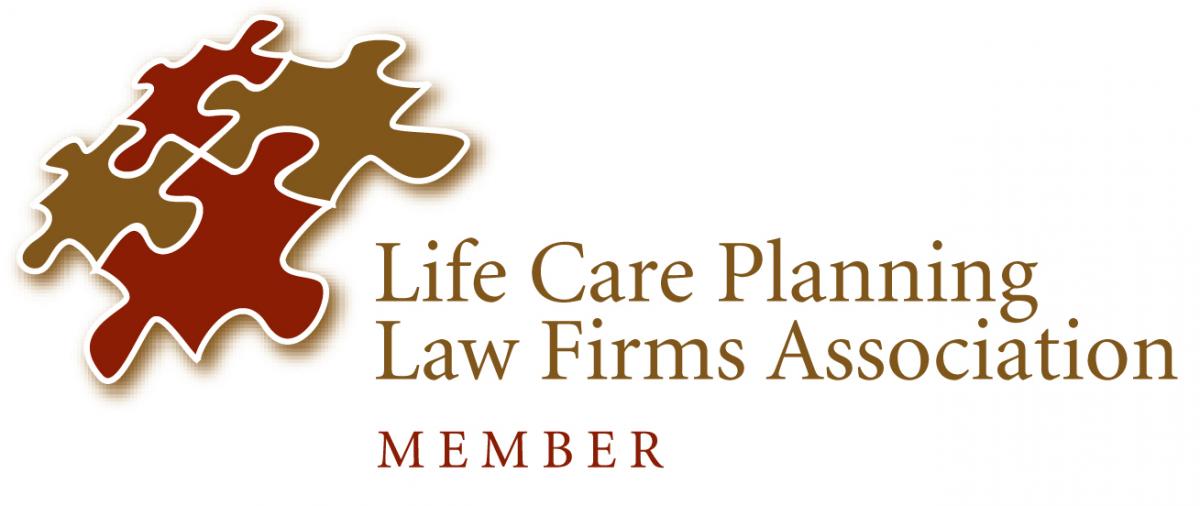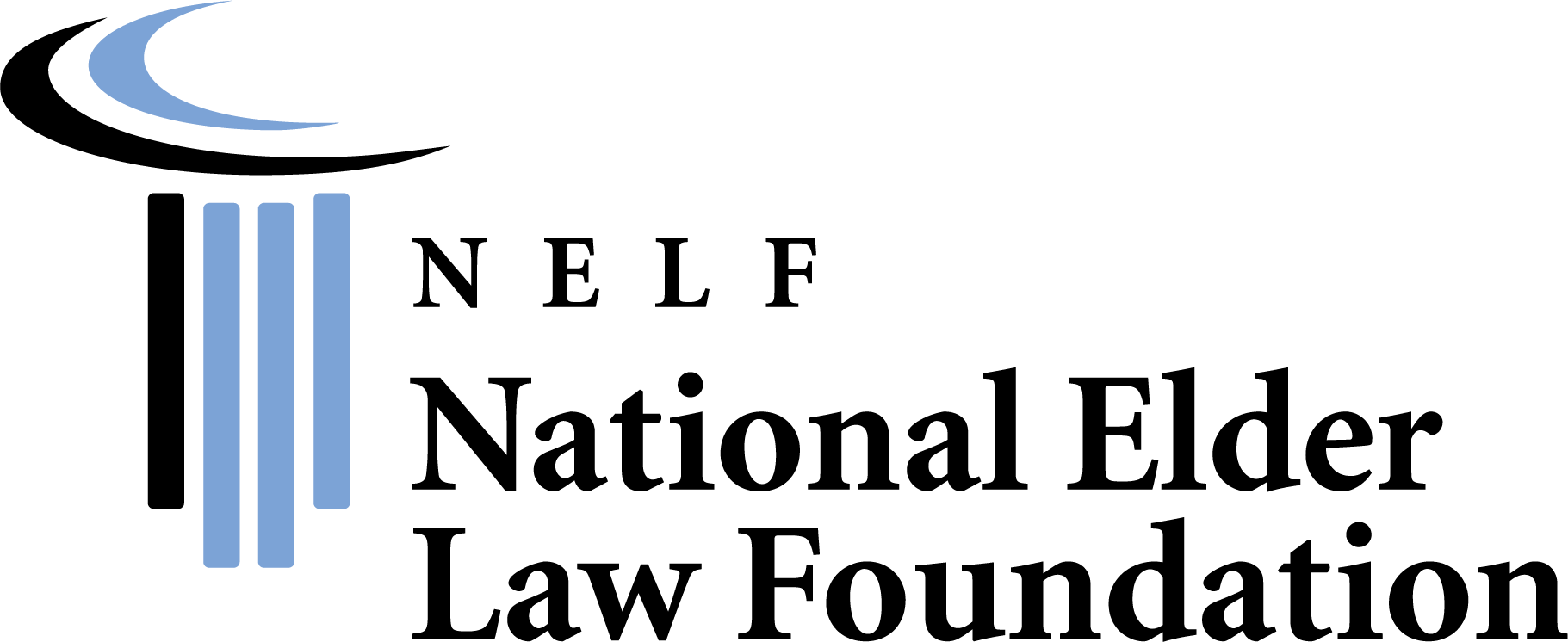Share this
Money, Death, and Medicaid—topics very few want to discuss.
When it comes to planning ahead for retirement, long-term care needs or death, I have come to learn that few families ever approach these topics. Most of our families come to us in crisis – they have insufficient funds for retirement, no plan for their long-term care needs, and no information on funeral wishes.
Luckily, one tool used in Medicaid planning involves planning for funeral expenses. This compels many of our families to take care of their funeral planning while addressing their long-term care needs.
As you may know, a person applying for Nursing Home Medicaid can have no more than $2,000 in assets. Not all assets count towards this limit though; a house, a car, retirement funds (if certain criteria are met), and a pre-paid funeral plan (valued up to $10,000) are exempt and do not count towards the $2,000 limit.
Since $10,000 can be set aside for funeral expenses, we usually recommend that families create a pre-paid fund or contract with a funeral home.
In addition to the $10,000 fund, there are “knockable” items that can be purchased without jeopardizing Medicaid eligibility. These items include a single burial plot, gravesite, crypt, mausoleum, casket, urn, niche or other containers used to hold the deceased body as well as vaults, headstones, markers or plaques, burial containers and the opening and closing of the gravesite.
A person with $18,000 can spend money on a casket, burial plot, headstone, vault, and fee for opening and closing the gravesite, set aside $10,000 for the funeral, and be at (or almost at) the $2,000 limit for Medicaid eligibility. This is an easy and effective way to both “spend down” for Medicaid and make the necessary plan for future funeral needs.
If you would like more information on using Medicaid and pre-paid funeral plans, please contact our office at (404)843-0121 or info@hurleyeclaw.com.
Share this
Subscribe to our blog and monthly newsletter.











